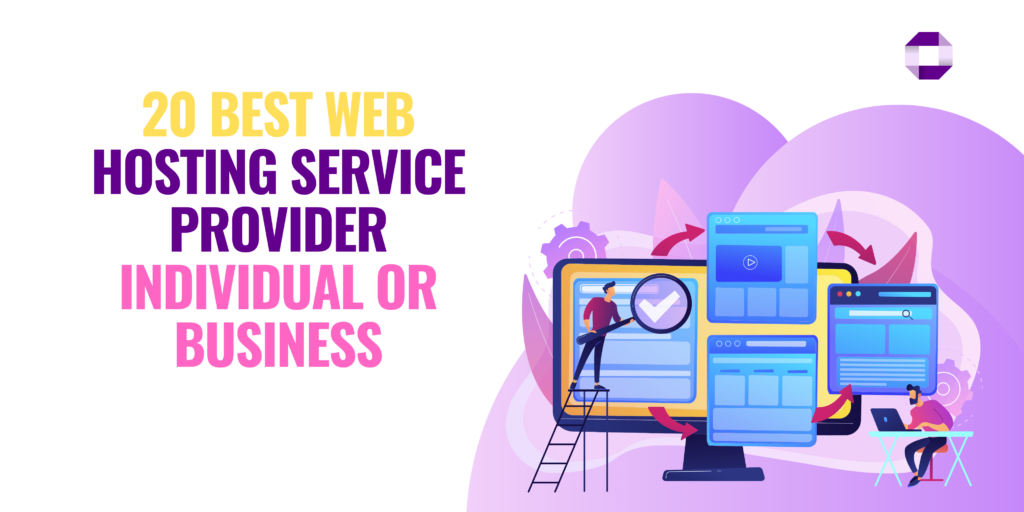Graphic design has transformed significantly in recent years, thanks to an explosion of innovative software tools. Whether you’re a seasoned designer or just starting, the right software can greatly enhance your creative process. In this post, we’ll explore the 15 best graphic design software providers, providing in-depth reviews for each. Additionally, we’ll highlight affiliate links so you can explore these powerful tools more easily.
1. Adobe Creative Cloud
Overview:
Adobe Creative Cloud is the industry standard for graphic design software. It includes renowned applications like Photoshop, Illustrator, and InDesign.
Key Features:
- Extensive toolset for photo editing, vector graphics, and layout design.
- Cloud integration for easy file sharing.
- Regular updates and vast learning resources.
Pros:
- Professional-grade tools.
- Large community and support options.
Cons:
- Monthly subscription fee can be costly.
Link: Try Adobe Creative Cloud Today!
2. CorelDRAW Graphics Suite
Overview:
CorelDRAW is a versatile graphic design software that focuses on vector illustration and page layout.
Key Features:
- Intuitive interface for beginners.
- Flexible color management.
Pros:
- One-time purchase option.
- Great for print design.
Cons:
- Some advanced features can be a bit complex.
Link: Get CorelDRAW Graphics Suite Now!
3. Affinity Designer
Overview:
Affinity Designer is a cost-effective alternative to Adobe products, focusing on vector graphics and illustrations.
Key Features:
- Live pixel previews.
- Seamless integration of vector and raster workspaces.
Pros:
- Affordable one-time payment.
- Fast performance even on lower-spec computers.
Cons:
- Fewer tutorials compared to Adobe.
Link: Discover Affinity Designer
4. Canva
Overview:
Canva is a user-friendly online graphic design tool that prioritizes accessibility for all users.
Key Features:
- Drag-and-drop interface.
- Extensive library of templates and assets.
Pros:
- Free tier available.
- Ideal for quick designs and social media graphics.
Cons:
- Limited flexibility for advanced designs.
Link: Start Designing with Canva!
5. Sketch
Overview:
Sketch is a popular vector graphics editor for UI/UX designers.
Key Features:
- Symbols for reusable elements.
- Collaboration tools built in.
Pros:
- Focused on digital design.
- Affordable subscription model.
Cons:
- Only available for macOS.
Link: Explore Sketch Today!
6. Gravit Designer
Overview:
Gravit Designer is a cross-platform graphic design tool that offers both free and pro-tier versions.
Key Features:
- Cloud-based functionality.
- Advanced vector editing tools.
Pros:
- User-friendly interface.
- Ideal for both web and print design.
Cons:
- Performance can lag on lower-end devices.
Link: Try Gravit Designer!
7. Inkscape
Overview:
Inkscape is a free, open-source vector graphics editor known for its powerful features.
Key Features:
- Extensive import/export options.
- Community support and plugins.
Pros:
- Completely free with no subscription.
- Good for beginners and advanced users alike.
Cons:
- Interface can feel outdated.
Link: Download Inkscape Now!
8. Microsoft Publisher
Overview:
Microsoft Publisher is a desktop publishing application that works well for creating marketing materials.
Key Features:
- Easy-to-use templates.
- Integration with other Microsoft Office apps.
Pros:
- Cost-effective for existing Office users.
- Ideal for print materials like brochures.
Cons:
- Limited graphic design capabilities compared to other tools.
Link: Get Microsoft Publisher!
9. Figma
Overview:
Figma is a cloud-based design tool that excels in UI/UX design and collaboration.
Key Features:
- Real-time collaboration.
- Extensive plugin ecosystem.
Pros:
- Great for team projects.
- User-friendly interface.
Cons:
- Requires a good internet connection.
Link: Try Figma for Free!
10. Affinity Photo
Overview:
Affinity Photo is a robust alternative to Photoshop ideal for photo editing and retouching.
Key Features:
- Advanced layer system.
- Non-destructive editing.
Pros:
- One-time purchase.
- High-quality tools for professional work.
Cons:
- Limited functionality for vector graphics.
Link: Discover Affinity Photo
11. Procreate
Overview:
Procreate is a powerful illustration app specifically designed for the iPad.
Key Features:
- Highly customizable brushes.
- Time-lapse recording of your artwork.
Pros:
- One-time purchase with no subscriptions.
- Excellent performance on iPad.
Cons:
- Only available on iOS.
Link: Get Procreate!
12. GIMP
Overview:
GIMP is a free, open-source tool known for its robust photo editing capabilities.
Key Features:
- Extensive plugin access.
- Customizable interface.
Pros:
- Free with a vast user community.
- Suitable for both raster graphics and photo retouching.
Cons:
- Steeper learning curve for newcomers.
Link: Download GIMP!
13. Paint Tool SAI
Overview:
Paint Tool SAI is favored by digital illustrators for its simplicity and speed.
Key Features:
- Lightweight and quick interface.
- High-quality brush engine.
Pros:
- Affordable one-time purchase.
- Targeted at artists and illustrators.
Cons:
- Limited graphic design functionalities.
Link: Experience Paint Tool SAI!
14. ArtRage
Overview:
ArtRage focuses on natural painting and drawing techniques.
Key Features:
- Realistic art tools resembling traditional media.
- Great for texture and brush customization.
Pros:
- Excellent for traditional artists transitioning to digital.
- User-friendly interface.
Cons:
- Less suitable for graphic design purposes.
Link: Try ArtRage Now!
15. DisplayFusion
Overview:
While not a traditional graphic design tool, DisplayFusion helps optimize your workspace for design projects.
Key Features:
- Multiple monitor support.
- Window management tools.
Pros:
- Improves productivity for multitasking.
- Highly customizable.
Cons:
- Not a design tool itself.
Link: Enhance Your Workspace with DisplayFusion!
Conclusion
Choosing the right graphic design software depends largely on your needs, skill level, and budget. The tools listed above are among the best in the market, each with its own strengths and weaknesses. Whether you’re looking for something robust like Adobe Creative Cloud or a simplified solution like Canva, there’s something here for every designer.
Explore these options through the provided affiliate links and elevate your graphic design game today!


